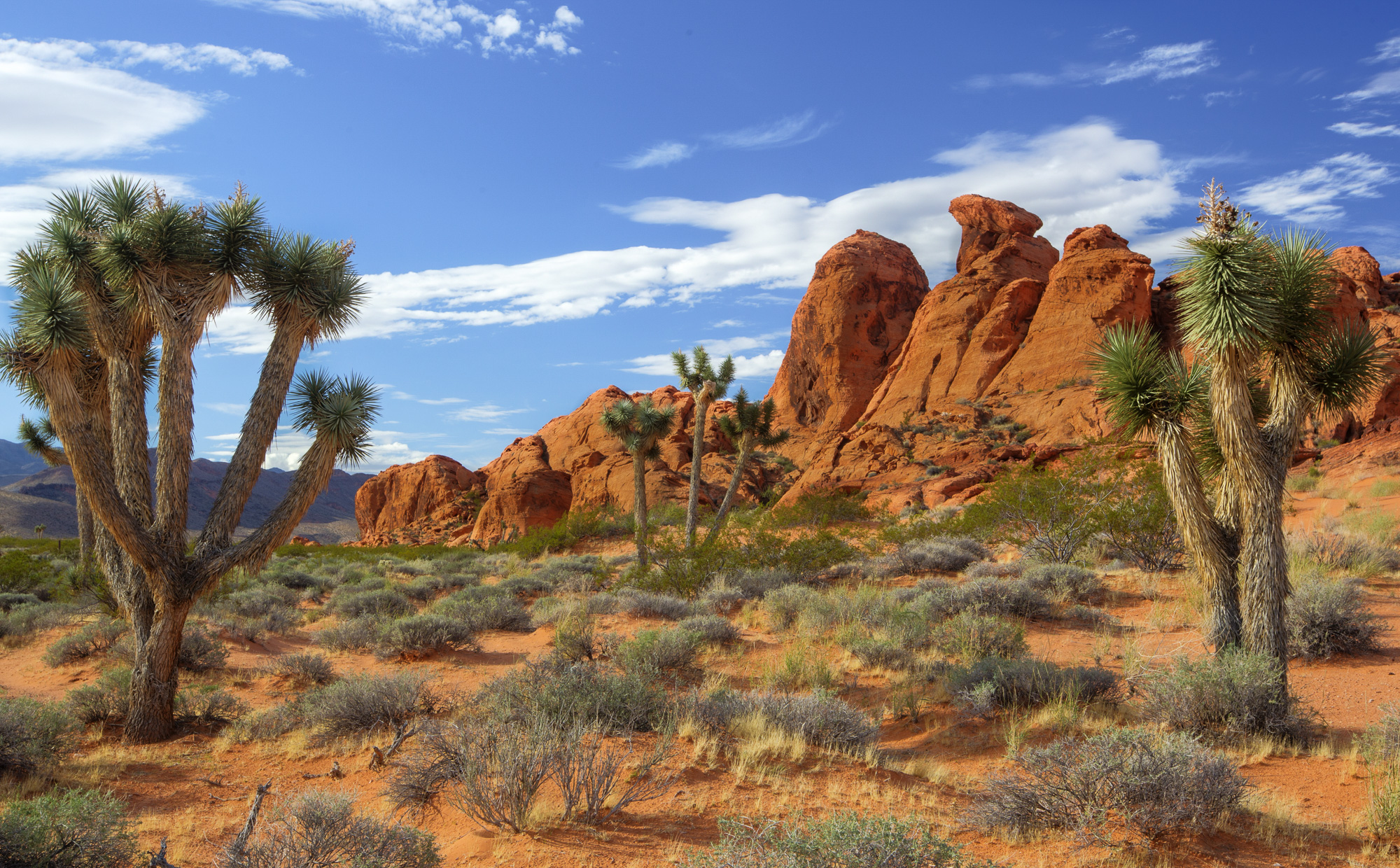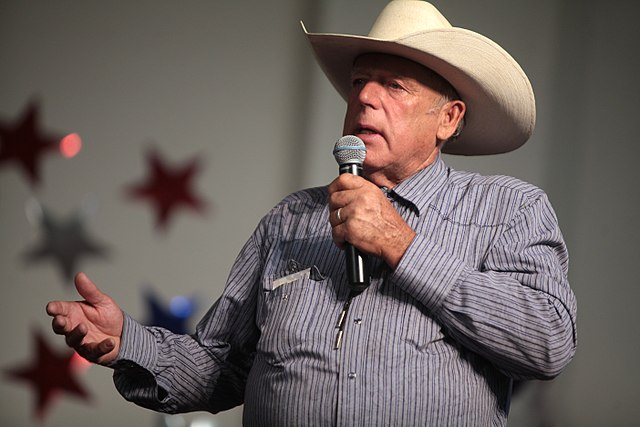The Presidency in 2020: To Be Decided by 538 Votes Cast in 51 Elections
We don’t have one national election for president in 2020. Rather we have fifty-one elections (in fifty states and the District of Columbia) that will decide the next president of the United States. Today, we can predict with certainty the total number of votes that will be cast for the presidency: 538.
That is 2 votes for each state (equaling the number of US senators), additional votes equaling the number of members of each state’s delegation to the House of Representatives (435 total), plus the 3 electoral votes cast by DC (which we can hope will someday be the state called Douglass Commonwealth).
Figure 1. Electoral votes allocated by states. Source: Wikipedia.
What Does This Have to Do with Public Lands?
The US Constitution’s property clause (Article IV, Section 3, Clause 2) says:
The Congress shall have Power to dispose of and make all needful Rules and Regulations respecting the Territory or other Property belonging to the United States; . . .
Regarding the property clause, the Supreme Court has found that “[t]he power over the public land thus entrusted to Congress is without limitations” (United States v. Gratiot, 39 U. S. 526 [1840]). However, Congress has delegated much of its power over the public lands to either the president (for example, the power to establish national monuments and to proscribe oil and gas development in areas of the ocean), the secretary of agriculture (the National Forest System, administered by the USDA Forest Service), and—mainly—the secretary of the interior (the National Park System, the National Wildlife Refuge System, Bureau of Land Management holdings, and such).
Cabinet secretaries are nominated by the president and confirmed by the Senate. With its current cabinet and their predilections, the Trump administration is an existential threat to public lands as we know and love them. This is mainly because Trump has blown through so many norms (“a standard or pattern, especially of social behavior, that is typical or expected of a group”). No previous president would even have considered trying many of the things Trump has gotten away with (for me, shrinking national monuments comes immediately to mind). Imagine him in a second term.
To protect the public lands for this and future generations, we must put the current administration out to pasture.
The Popular Vote Doesn’t Matter
Just ask Andrew Jackson (1824), Samuel Tilden (1876), Grover Cleveland (1888), Al Gore (2000), and Hillary Clinton (2016). They all received the most votes from voters but lost in the Electoral College vote.
Figure 2. The 2016 presidential election. Though receiving more popular votes, Hillary Clinton (blue) received only 227 electoral votes. Trump (red) received 304 votes. Colin Powell received 3 votes, while John Kasich, Ron Paul, Bernie Sanders, and Faith Spotted Eagle each received 1 vote. Source: Wikipedia.
Electoral votes in most states are winner-take-all, save for Maine (4) and Nebraska (5), which give two votes to the statewide winner and a vote to the winner of each congressional district. From an Electoral College standpoint, any popular vote above the 50 percent plus one vote required to win the Electoral College votes in the forty-eight states where a plurality win is good enough, is a vote that makes no difference. As Clinton showed, one can get millions more popular votes than her opponent, but if those extra votes are in blue states, they are for naught.
Unless one wins the Electoral College, one doesn’t get to govern, no matter how worthy and just the policy proposals. However, given the existential threat Trump poses to the public lands—or to [fill in the blank]—the consequences of winning (or losing) are just more important in 2020.
“Electability” Boils Down to the Ten States in Play
In 2020, electability will boil down to who wins the Electoral College votes in ten states. (See Figure 3.) The blue states will most likely vote Democratic (209 votes), while the red states will most likely vote Republican (204 votes). It is the toss-up gray (some prefer the resulting mix of purple) states that will decide who is the next president of the United States (125 votes).
Figure 3. The states in play. Click on the source link to go to an interactive version where you can change the colors on the map and see what it takes to get to 270 electoral votes. (Hint: try doing it without Florida.) Source: Taegan Goddard’s Electoral Vote Map.
In each of the ten toss-up states, the margin of victory for the winning presidential candidate in 2016 was less than 2 percent. Trump is defending six of these states he won in 2016: Arizona (11), Florida (29), Michigan (16), Pennsylvania (20), Wisconsin (10), and North Carolina (15), for a total of 101 votes. The Democratic nominee will be defending four states: Maine (4), Minnesota (10), New Hampshire (4), and Nevada (6), for a total of 24 votes (in 2016 Clinton received 23 of these votes because Trump won in Maine’s 2nd congressional district).
Is It Time for Reform Yet?
As some states continue to increase population faster than others, the likelihood that the winner of the popular vote and of the Electoral College vote will not be the same person will increase dramatically in the years to come. It’s only two of three modern data points, but two of the last three presidents were losers in the popular vote.
Figure 4. Population per electoral vote by state. As the extremes of California and Wyoming show, it is not one person, one vote in the Electoral College. Source: Wikipedia.
Just as we went to the direct election of senators in 1913 with the Seventeenth Amendment (previously senators were elected by their respective state legislatures), we need to amend the US Constitution to provide for the direct election of the president. Getting such an amendment through the Senate and ratified by three-quarters of the states is a heavy, if not impossible, lift, given the power of the small states (see above).
An alternative might be the National Popular Vote Interstate Compact, which would bypass amending the Constitution in a creative use of the constitutional provision that says states have vast power to set the terms of federal elections in their states.
However, reform will not occur by the first Tuesday in November—er, I mean by December 20 (the day George Washington died), 2020, when the members of the 2020 Electoral College gather in their respective state capitals to officially elect the next president of the United States.
To Boot, the Gerrymandered Senate Is Likely to Worsen
They would do more if they could, but Oregon’s Democratic senators, Ron Wyden and Jeff Merkley, are able to achieve less lasting congressional conservation for Oregon’s federal public lands because they are in the minority in the Senate.
In the 2018 election, Democrats running for the US Senate received twelve million more votes than Republicans running for the US Senate. The result is that Republicans hold fifty-three seats to the Democrats’ forty-seven.
For the US Senate, gerrymandering is baked into the US Constitution, and gerrymandering is likely to become more anti-Democratic Party over time. According to David Birdsell, dean of the Marxe School of Public and International Affairs at Baruch College, by 2040 it is likely that 70 percent of Americans will live in fifteen states. They will be represented by thirty senators. The other seventy senators will represent 30 percent of Americans. The red-blue / urban-rural / liberal-conservative / coast-flyover divides will increase.
Some kind of Senate reform should also be undertaken.
Who Am I Supporting for President?
In case you couldn’t tell, I will not be voting for Donald John Trump.
I also won’t be voting for a third-party candidate, because in the U.S. winner-take-all system, such a vote is effectively a vote for the major party candidate you most don’t want.
However, by the time I vote in the Oregon presidential primary on May 19, all but five presidential primaries or caucuses will already have been done, so my vote is not likely to be consequential.
So vote schmote, who am I supporting for the Democratic nomination for president? Earlier, I sent money to Washington governor Jay Inslee, wanting him to advance in the presidential debates to bring attention to the existential threat of the climate crisis. He is now seeking another term as governor. I’ve not yet given money to any other candidate, but I want the Democratic nominee to be the one most likely to garner at least 270 votes in the Electoral College.
While this election, like nearly all elections, is about turning out the base, this Electoral College election is all about swinging enough of the swing states to the Democratic column. This can be done by either a more massive turnout of base Democratic voters than base Republican voters in those swing states or appealing to enough “moderates” in those states that Donald Trump needs to go. These moderates include a significant number of Democrats who voted for Obama twice and Trump once. Such moderates also include Republicans who held their nose and voted for Trump, but more against Hillary Clinton. One can only hope that the Trump stench is so horrible and pervasive that it cannot be staunched by merely holding one’s nose. However, the Democrats must offer an alternative acceptable to these swing voters in the ten swing states.
Over a beer (perhaps we would need two), we could debate which Democratic candidate has the best chance of doing that. For the reasons stated herein, I will insist on limiting the discussion to the candidate’s electability in the ten states in play.



















